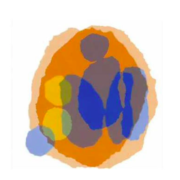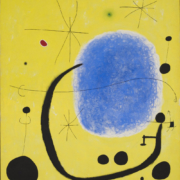The psychoanalytic approach of the baby observation in the family, what does it provide to the group?
Abstract
The author explains why the observation of the newborn in the family, according to the method of Esther Bick, represents a resource for associative work and the group psychoanalysis.
It first illustrates the different types of observation and then he situates this procedure alongside a subjectivizing process and recalls the important role of observation in the institutional clinic.
The author then presentes this particular analytic formation, which follows the new conception of M. Klein regarding the origin of the transference and the early infantile object relations. The different times that make up this method, that of the retrospective transcription of what has been observed and that of the associative work of the various points of view during a round table, are also at the service of the positioning that the observer must perform within a family in which a child has just been born.
Finally, he illustrates the difficulties of containment that the observer must face and those concerning the work at the round table, with some extracts of situations of observations that cause strong emotional divisions.






